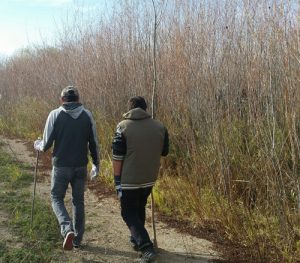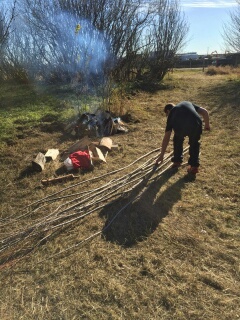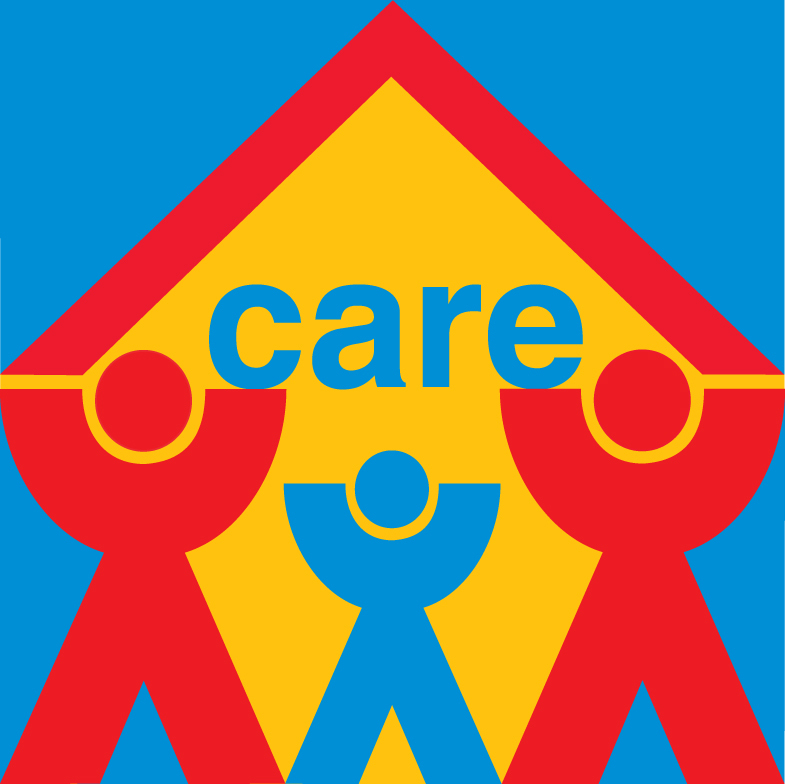At Ranch Ehrlo, we want to do whatever we can to help our clients overcome the obstacles that have placed them in our care. We’ve recently created another place to help with that.
A sweat lodge is a place of healing for many First Nations individuals.
“A sweat lodge is a place for us to go and cleanse ourselves, cleanse our spirits to get rid of the negativity that we build inside,” explained Transition Centre staff John Whitestar. “Our souls are like magnets to energy – we go around and collect the positive and negative, and sometimes we take in too much negative and it makes us physically sick.”
 Jewison youth collecting willow
Jewison youth collecting willow
John explained that a sweat lodge represents a woman’s womb – when you leave a sweat you are cleansed and born again.
On Oct. 15th, Jewison House youth and staff, under the guidance of intake YCL Delvin Mooswah, collected willow branches to be used to build the new structure. Before embarking, Delvin explained to the youth the importance of maintaining positive thoughts while picking the branches.
“Try to refrain from negative thoughts – that will snap a willow faster than we can cut them down,” he told the youth.
On Oct. 21st, youth and staff gathered with Elder Harold Lavallee to build the structure.
“We wanted the build to be a teaching component, too, for both staff and youth. Not all of us are very well versed in what goes into putting together a sweat lodge and the meaning behind each step to putting it together,” explained Curtis Hart, Jewison House caseworker.
The working group is hopeful that having a structure on campus will allow for more frequent opportunities for youth and staff to sweat, and in that way, be offered more chances for both healing and learning about their own culture and the culture of others.
“With a sweat lodge on the grounds, we can have different elders come in and our youth can get many different teachings,” Delvin explained. “Having a sweat on grounds allows us to have elders from different cultures.”
from different cultures.”
“We’ve had a sweat lodge on campus in the past, and I know that a lot of people who are both with the agency or who have worked at the agency before have really worked on making it something that can be provided on an ongoing basis,” Curtis added.
“We encourage our youth to attend because this is where they’re from, this is who they are,” Delvin concluded.


